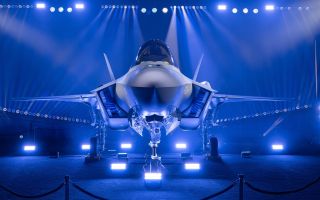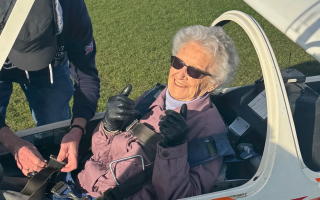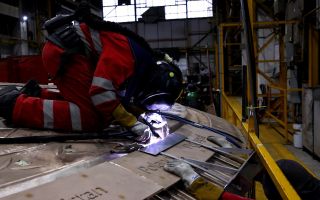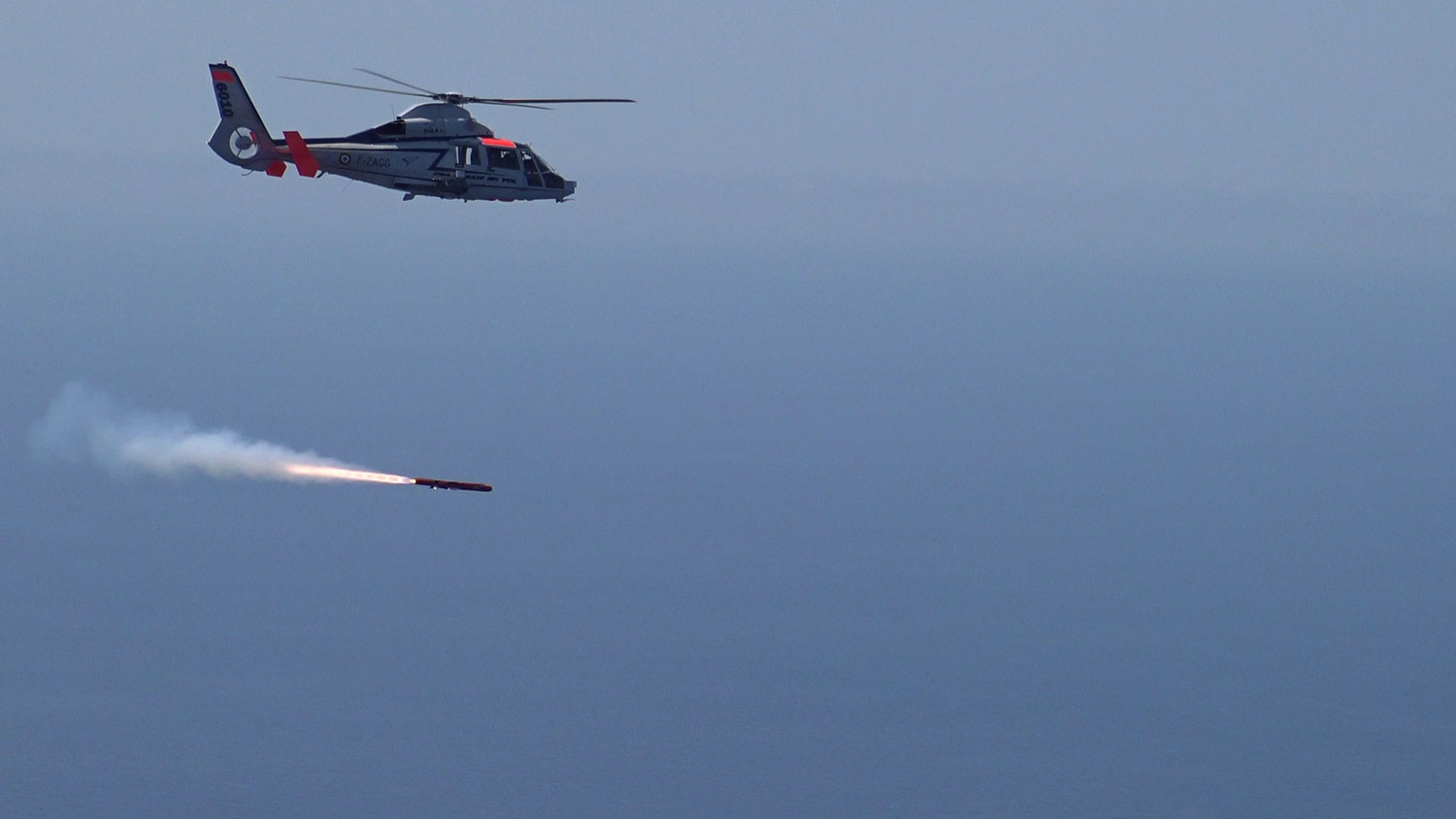
Sea Venom: Future Royal Navy Missile Fired For First Time

The Sea Venom missile that will one day be fitted to the Royal Navy's Wildcat helicopters has been successfully fired for the first time.
Manufacturer MBDA has announced that the anti-ship missile, which will also be sold to France as the Anti-Navire Léger (ANL), was fired at a test range in the country last month.
It's described the development as a "major milestone" for the Anglo-French missile, which will replace systems like the British Sea Skua and French AS15TT.
The trial of the 100 kg-class missile was conducted from a Dauphin test bed helicopter owned by the French Ministry of Defence.
Frank Bastart, head of the Sea Venom/ANL programme at MBDA, said:
"The missile trial was a complete success, and is a proud moment for the company and all those involved in the project.
"When it enters service Sea Venom/ANL will provide a major increase in capability to the French and UK Armed Forces."
Jointly ordered in 2014, the Sea Venom/ANL project has been developed 50/50 between the UK and France.
Wildcat helicopters will reportedly each be able to carry four of the missiles.
Paul Goodwin, deputy head of the Sea Venom project, said:
"Although a first firing this was in no way a cautious one. The system was pushed to the very edge of its range capability."
"[It's] a bold step showing our confidence in the design maturity and making success all the more sweet. The next step is to exercise the systems' operator-in-the-loop capabilities."
In UK service the missile is planned to be used from the AW159 Wildcat helicopter, while France will operate the missile from its new Hélicoptère Interarmées Léger (HIL).
The missile has been designed for use from a range of platforms, with air carriage trials having been conducted to demonstrate compatibility of the missile on legacy Lynx helicopters.
It'll be able to skim the seas to avoid detection by radar, be dropped from above, and either be directed autonomously or by a human operator.
It comes after the MoD came under fire last year for admitting that the Royal Navy's ship-launched Harpoon missiles will be retired from frigates and destroyers in 2018.
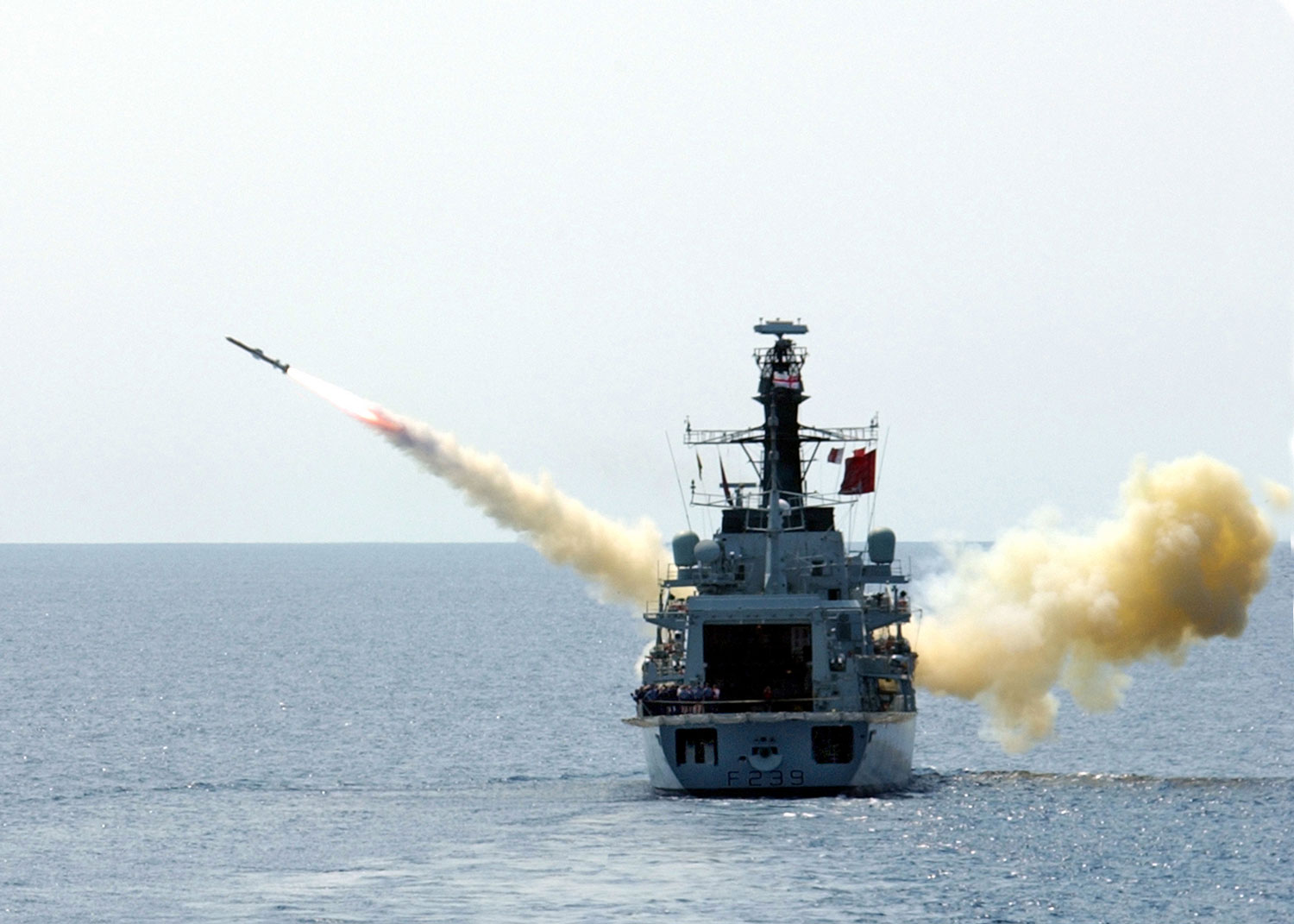
The new helicopter-launched Sea Venoms won't be brought into service until 2020, leaving a potential two-year capability gap.
Minister for Defence Procurement Harriett Baldwin later said in response to a question in Parliament that options for replacing the Harpoon are 'being considered', however:
"The Harpoon system currently carried by the Royal Navy will reach its out of service date in 2018.
"As part of a process of continuously reviewing the capabilities required to deliver their tasking, the Royal Navy is working alongside other areas of the Ministry of Defence to consider options for a Harpoon replacement."
"I am withholding further detail as its disclosure would, or would be likely to, prejudice the capability, effectiveness or security of the Armed Forces."




